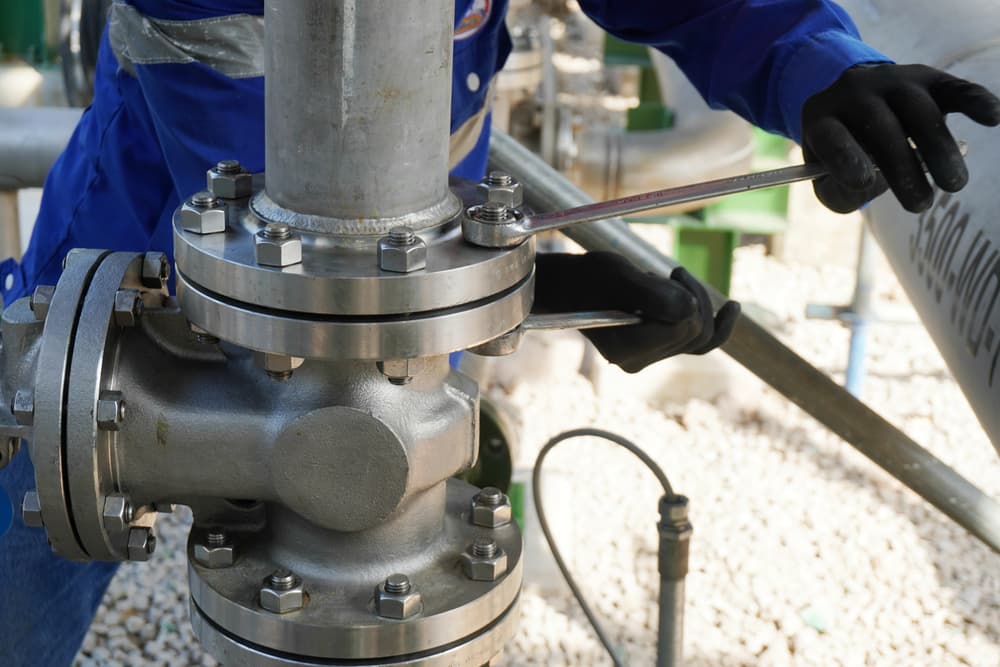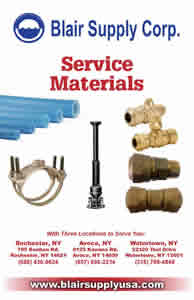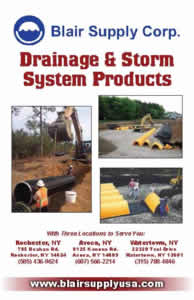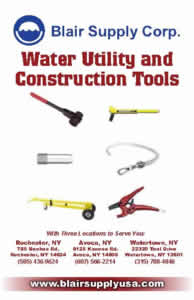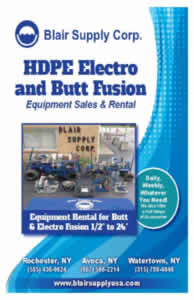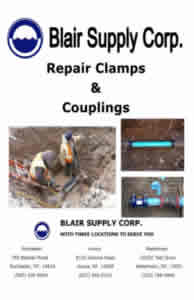Blog
Withstanding the Pressure: A Guide to Repair Clamps
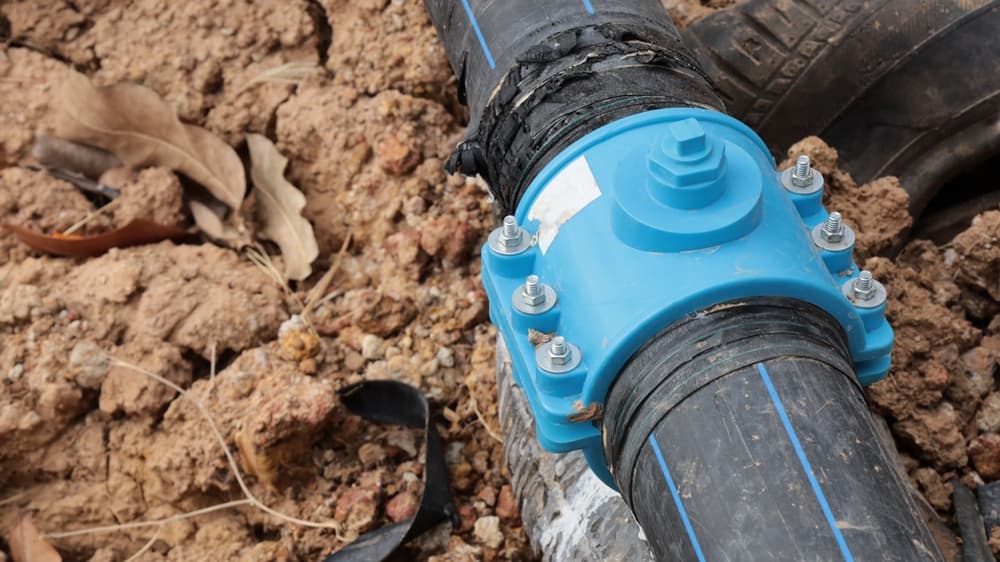
Unforeseen leaks and breaches are a relatively rare occurrence in pipelines, water mains, or industrial systems. The problem here is that when they do happen, swift reaction and remediation are of utmost importance.
Addressing the issue in a timely manner is essential to prevent the further spread of damage, costly downtimes, and potential environmental hazards. To that end, there’s virtually no tool more useful to swiftly remedy the situation than a high-quality repair clamp.
However, not all clamps are made equal and not each will be able to withstand the pressure building up inside the pipe. Today, we’re delving into the parameters of different repair components, including the renowned Smith-Blair clamp, to see how each will fare under pressure.
How much pressure can a clamp hold?
Repair clamps can be a phenomenal temporary fix for different types of pipeline anomalies, such as leaks or cracks until proper repairs can be made. Some newer models can even be a permanent solution, due to their robustness and the ability to provide a lasting, tight seal.
Either way, a clamp must have sufficient pressure capacity (or “pressure rating”), which is dictated by its design, material, and intended use. In general, today’s clamps are engineered to endure a wide range of pressures, depending on the situational requirements. Here are some examples:
- Patch clamp: up to 100 psi (~7 bar);
- Pinhole clamp: up to 2000 psi (~138 bar);
- Complete (360°) circle clamp: up to 230 psi (~16 bar);
- Stand-off clamp (one piece): up to 300 psi (~21 bar).
Do note that the above is by no means a comprehensive list. There are many variations of repair clamps, with different makes, models, materials, and designs suited for diverse purposes.
Therefore, when selecting the component for your particular project, it is vital to approach the selection analytically in order to ensure that the pressure rating aligns with the conditions of the system you’re repairing.
What is the pressure rating for the Smith Blair repair clamp?
Similarly to the aforementioned (generic) repair clamps, the Smith-Blair’s pressure rating will depend on the specific model and size. Typically, these clamps are designed to withstand pressures ranging from 150 psi (~10 bar) to 300 psi (~21 bar).
As such, these clamps are most suitable for containing leaks and breaches in pipelines and systems experiencing moderate to high pressures. Here are the specifications for several widely used models of Smith-Blair clamps:
- Smith-Blair 226 single band full circle repair clamp: up to 300 psi;
- Smith-Blair 245 full circle redi clamp: up to 150 psi;
- Smith-Blair 244 full circle redi clamp: up to 150 psi;
- Smith-Blair 261 single band full circle stainless steel repair clamp: up to 150 psi;
- Smith-Blair 274 bell joint leak clamp: up to 150 psi.
Now, you may have noticed that most of the above clamps have the same pressure rating. However, that doesn’t mean that they are the same or that they can be used interchangeably. Rather, each of the aforementioned components has a specific purpose and a role to play in different situations.
Where can I find a Smith-Blair clamp near me?
Blair Supply Corp. has been the leading distributor of top-quality pipe repair materials in the state of New York for more than six decades. Our offer includes a wide variety of clamps and couplings in diverse configurations, including those manufactured by the renowned Smith-Blair.
Whether you need help choosing the right repair coupling for your project, need information on specific components clamping force, or need to source quality materials that will last, simply give us a call and our experts will guide you to your next success!

